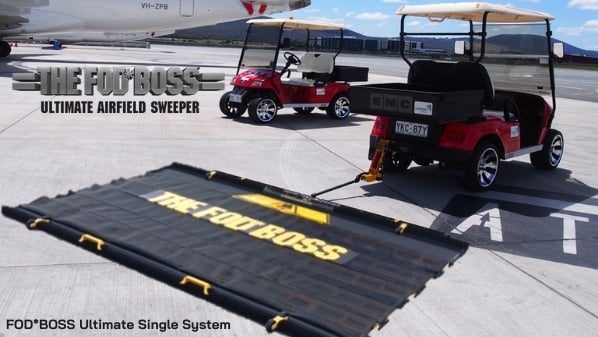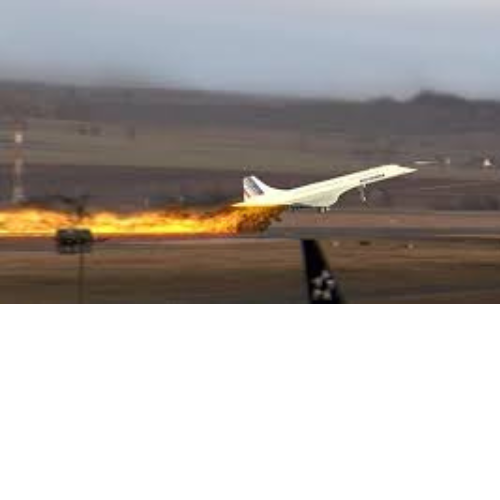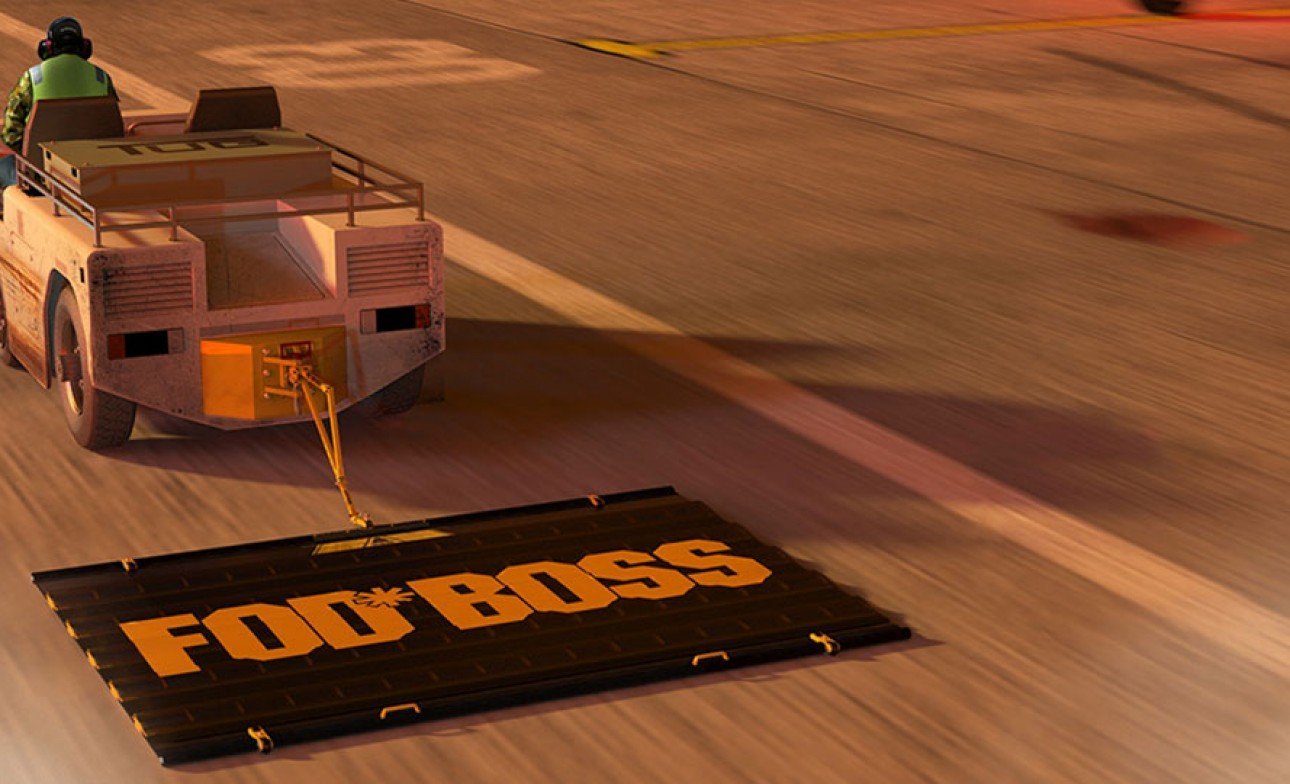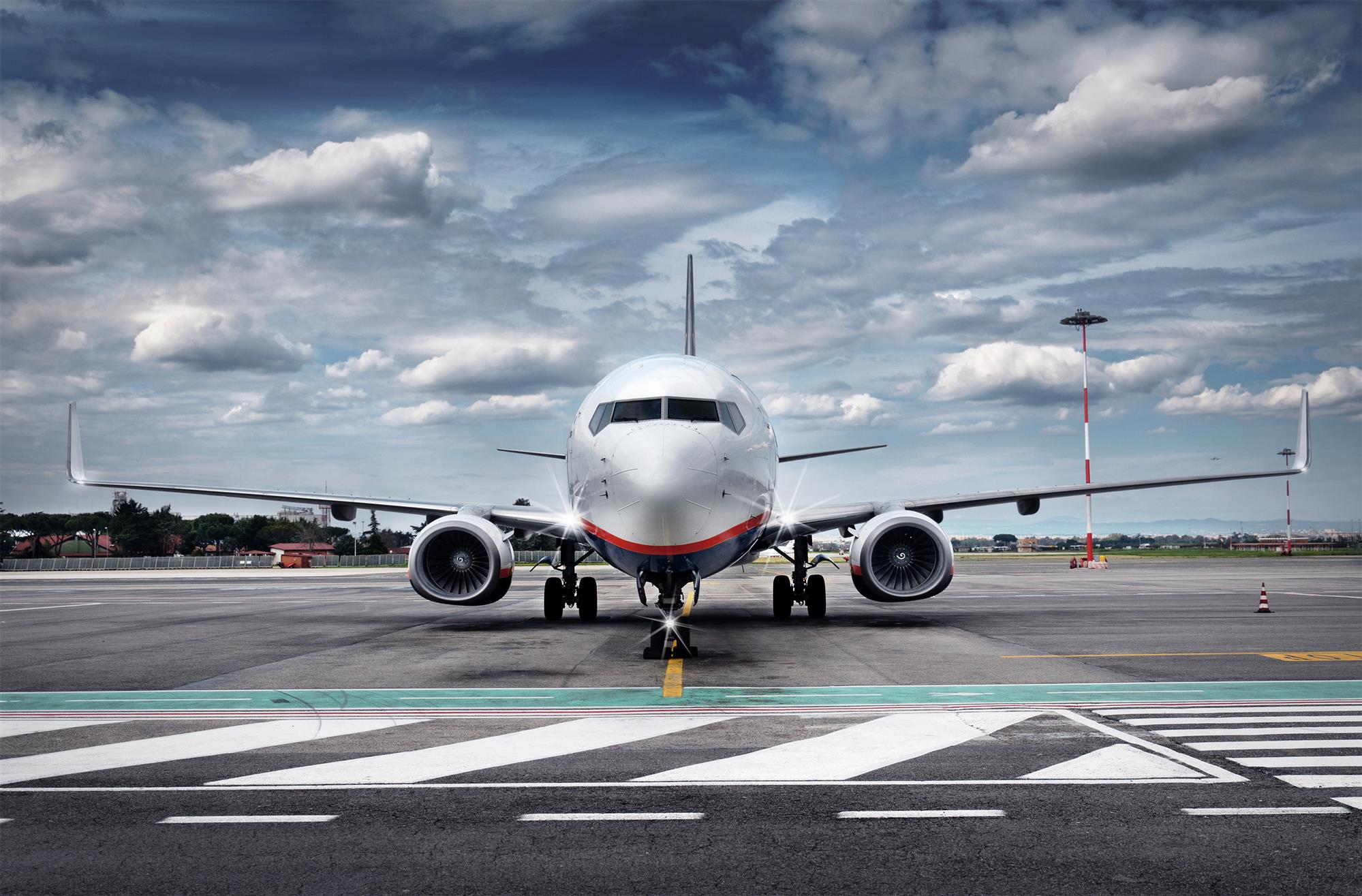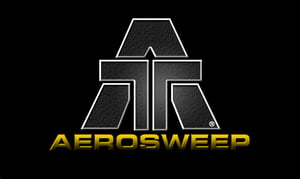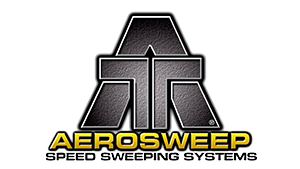Unless we start looking into how we can achieve specific carbon emission targets at airports through our decisions today, the net-zero carbon objective can become challenging to achieve.
Governments meeting at the International Civil Aviation Organization (ICAO) Assembly in Montreal have adopted a goal of net-zero carbon emissions for international flights by 2050, one of the only global sector-specific climate goals. While this is great news, that doesn't mean we can't start now with simple changes.
However, unless we start looking into how we can achieve specific targets through our decisions today, the net-zero carbon objective can become challenging to achieve.
So, how can we act now to reap benefits in the short term? The answer is the choice of FOD sweeping technology being used. Let's look specifically at "gas-guzzling" truck-based mechanical sweepers. There are net-zero carbon alternatives available today that are more effective, faster and can produce cost-of-ownership savings up to 95% per month. Motorised or fuel-powered mechanical sweepers are well known for being large and expensive, but they also produce a significant amount of carbon. A typical sweeper truck produces 7,946 (g/km) of carbon, while a typical utility vehicle produces about 213 (g/km). However, a fully electric vehicle and FOD*BOSS combination produce zero carbon emissions!
The FOD*BOSS Ultimate Airfield Sweeper has no motor, is maintenance-free, and is perhaps the most environmentally-friendly FOD sweeping system you can choose when towed by an electric vehicle.
Now we also understand that airside safety is of the utmost importance. When it comes to FOD sweeping, there is nothing more effective than a FOD*BOSS with its unrivalled FOD pick-up rate and ability to operate amongst all the activities occurring within a busy apron. The operational speeds possible with the FOD*BOSS also help to minimise taxiway and runway occupancy times. For example, a truck-based mechanical sweeper truck may require at least six hours and eight minutes to sweep a runway of 2300 m x 45 m, but a FOD*BOSS Duplex and Triplex system need only 23 minutes and 16 minutes, respectively. That is a significant time advantage when every effort is made to minimise runway occupancy times for a vital revenue-generating runway.
The FOD*BOSS sweeps up to 65 kph, so not only can you sweep at your AOA speed limits, but you can also sweep them better and safer too.
While the decarbonisation of the aviation sector is expected to be a long-term proposition, some decarbonisation objectives can be achieved now. The image at the head of this newsletter is from an Australian airport - so we know this is not a theoretical promise - it is achievable now!
For airports, the prospect of purchasing a new vehicle fleet is an expensive proposition that may not be affordable with now. However, when you factor in the relatively low cost of a FOD*BOSS and its ability to reduce FOD sweeping expenses up to 95% compared to a mechanical sweeper, these savings may pay for the electric vehicle used for these purposes, as well as support other carbon-reducing initiatives.
